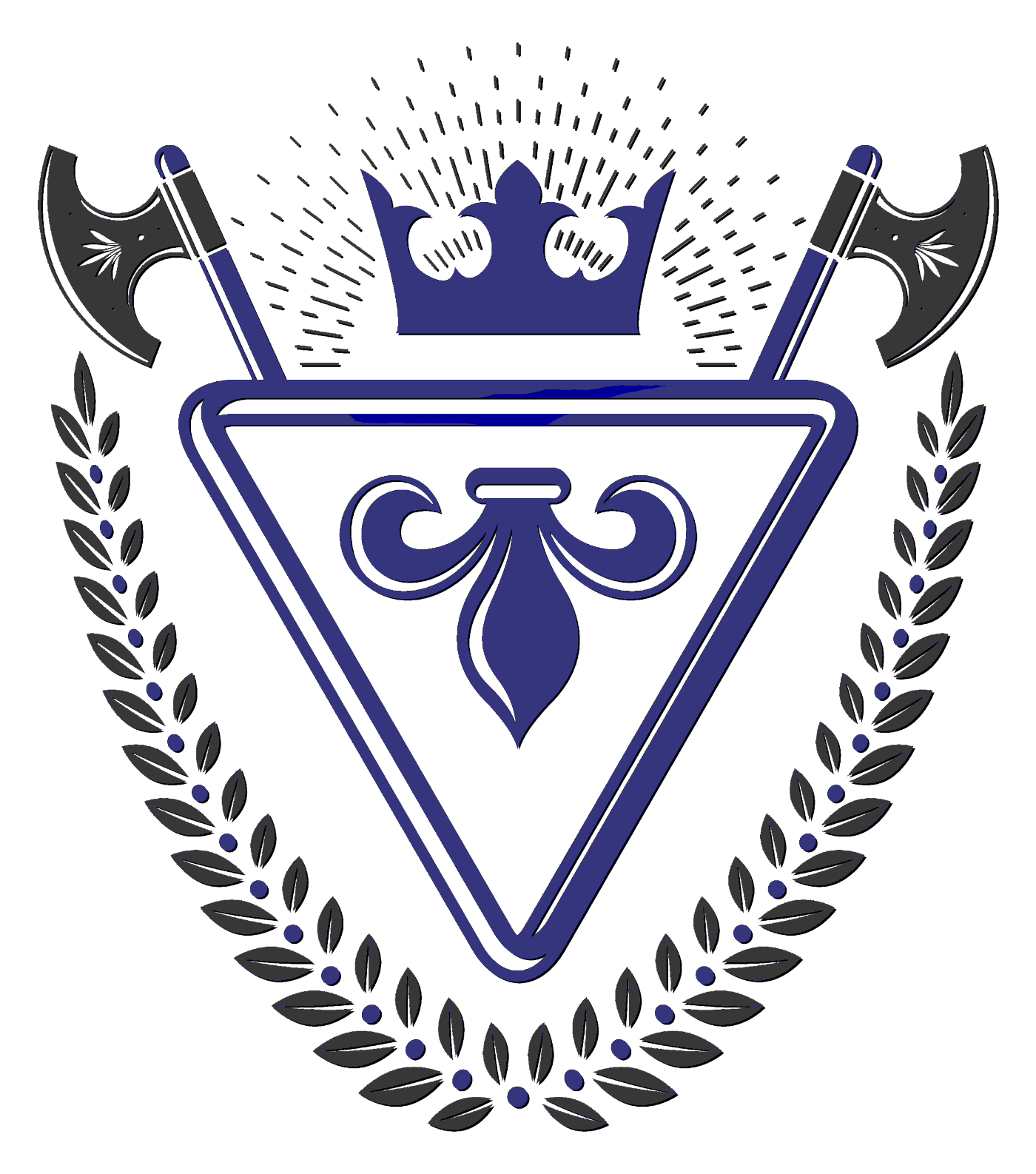Critique, I pray you!
Defining terms:
Refiguration: something added to the original form of the human.
Alchemic: supernatural properties of a substance.
Thaumaturgic: supernatural properties of an action.
Shifting: the ability of a refiguration to disappear and reappear.
A secondary eye like an oculus or a pinhole, one alone, two together, three or four arranged in a triangle, or five in a pentagon, between the eyes, or in the middle of the forehead. They may also be like lidless, perfectly circular, miniscule, human like eyes. They would be smaller than an ant’s head, in extremely rare cases being as large as a lentil. In some, light may reflect behind the miniscule pupil, like an animal’s eye. They are centers of alchemic energy and thought, as well as, or instead of, being sensory. They cannot shift.
Some have this kind of eye or group of eyes replacing one or both of the original eyes. These can shift.
A single eye instead of two, directly in between where the two original eyes would rest. The face is distorted to give it space. It is no larger than either of the original eyes, and can be smaller. It can shift.
Twinned eyes: two, half sized eyes replacing the original eye on one or both sides. They are pressed together, and somewhat distorted from the circular shape, so that they do not take more space than an an untwinned eye. They may shift. It is used for greater control of eye alchemy. They may have an alchemic nostril between them, sometimes with a horn. In extremely rare cases the eye may be divided into more than two, but I believe it is impossible to go beyond ten, and even in those cases some of the eyes are shrunken and dysfunctional, and it is more of an act of desperation which would only do any good once in all of history. The eyes in the group cannot move independently of each other, but may in intense, instinctive circumstances the group may move independently of the other eye or other group.
Reflective eyes: tapetum lucidum. Eyes that are lit in a similar manner without having to reflect, like lamplight or sunlight or moonlight reflected in their eyes when no such light is reflecting from their eyes. It can shift.
From one to __(forty or less) black, pinhole type marks in the eye, surrounding the iris. Never larger than the point of a needle. They rest on, and are connected by, a fine line, almost invisible in its thinness. This line may be straight or have small curves in it, which may change slowly, and indicate spiritual or alchemic things. The iris may be missing, and only these nearly invisible marks present.
The iris seeming to be separated from the pupil, fading to a white similar to the white of the eye around the pupil. There may be multiple, small rings of iris instead of one, fading to white between them. These thin irises may be like thin, full rings, but more commonly are like the petals of a rose. This has to do more with certain abilities and control, rather than enhancement of thaumaturgy. It can shift.
The iris and pupil appearing as if it was a pattern made by blood. The blood color may darken to nearly black. The eye may or may not seem to be bloodshot as well, and though the iris and pupil pattern is the same color as bloodshot veins in the eye, their shape and mobility is unique. It commonly has the same iris and pupil pattern, and function, as the iris that is separate from the pupil. It can shift.
Eyes in the form of the alchemic eye pattern of symbolic power, used in animals like the feathers of the alchemic peafowl (the bird of glory), the wings of the alchemic butterfly, or the eyes of the alchemic sail reptile (similar to the dimetrodon). It can shift.
Compound eyes; lidless, browless; may be two, separate eyes of various borders, or one large eye that covers the forehead, and may cover the entire top of the head and the back and come down on either side of the nose. If the eye or eyes were of great extent the bearers of them would be noted for not turning to look at anything. The individual lenses are never larger than they would be in an insect’s eye, so it is more like a surface than a cluster. The borders of the eyes may vary, and the contours as well, like the different shapes of people’s heads or faces, but the eye or eyes do not bulge out from the head further than half an inch. It cannot shift. The nerves pass through two or one vastly reduced “eye sockets” in their skull, so their eye is not a weak spot, and you would have to destroy practically every part of it to blind them. The eye or eyes may be black, shadowy burgundy, or have queer, iridescent colors like the back of a june beetle. The reflections and highlights in the eye are never glinting, but foggy, dim, shadowy, and indistinct.
An eye or eyes that internally are long and cylindrical, or tapered, or branching out like roots, perhaps to every part of the body. Outwardly it would appear like an iris without white, pupil, or color, and may have a more tree like rather than radial appearance.
A nictitating membrane (transparent third eyelid) under the eyelid, covering one or both eyes; it is used as an alchemic defense, but may be indirectly used to sense, or even work. It cannot shift. It may be positioned to close from above, or from the side, or from any other direction.
http://en.wikipedia.org/wiki/Nictitating_membranehttp://www.mikephoto.com/images/2010/03/bald-eagle-nictitating-membrane.jpghttp://www.mikephoto.com/images/2010/03/bald-eagle-nictitating-membrane-closeup.jpgThe irises being larger and darker, and sometimes the eyes themselves being slightly larger or smaller. The iris may be large enough to fill and darken the entire eye, unless they turn their eyes far to one side or the other and show the white, like a horse. This increases the natural course of thaumaturgy through the eyes. It can shift.
What do you think?
What parts stand out to you? Does it give you any ideas? Do you have a question about some part? Does any of it remind you of something?
Please critique!



 How can I not die over that?
How can I not die over that?